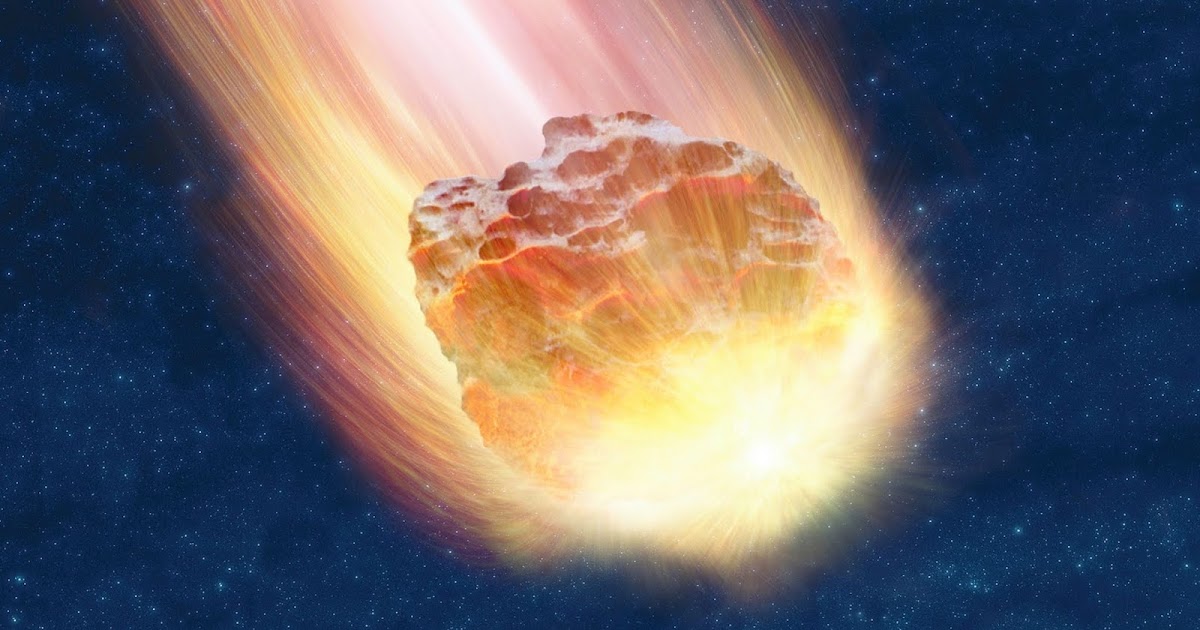What is meteor? This question has captured the imagination of astronomers, scientists, and the general public for centuries. Meteors, commonly referred to as "shooting stars," are fascinating celestial phenomena that occur when meteoroids—small rocky or metallic bodies from space—enter the Earth's atmosphere at high speeds. As these meteoroids heat up due to friction with the air, they emit light, creating a brilliant streak across the night sky. This captivating display can last just a few seconds, yet it holds a wealth of scientific knowledge waiting to be explored.
The study of meteors is not only interesting from an aesthetic point of view but also plays a critical role in understanding our solar system's history and the formation of planets. By observing meteors and their parent bodies, scientists can gain insights into the materials and processes that shaped our celestial neighborhood. As we delve deeper into the question, "what is meteor?" we will uncover the various types of meteors, their origins, and the impact they have on Earth and beyond.
In this article, we will explore the world of meteors in detail, answering common questions and highlighting their significance in both science and culture. From their fascinating formation processes to the myths and legends surrounding them, we will embark on a cosmic journey that sheds light on these extraordinary celestial events. So, buckle up as we navigate the starry skies and discover the wonders of meteors.
What Are the Different Types of Meteors?
Meteors can be categorized based on their composition and origin. The primary types include:
- Stony meteors: Composed mainly of silicate minerals.
- Iron meteors: Made predominantly of iron and nickel.
- Stony-iron meteors: A blend of both stony and metallic materials.
How Do Meteors Form?
The process of meteor formation begins with a meteoroid, which is a small fragment of an asteroid or comet. When these meteoroids enter the Earth's atmosphere at high velocities—often tens of thousands of miles per hour—they experience intense friction with the air. This friction generates heat, causing the meteoroid to glow and create a visible trail of light as it travels through the sky. Most meteors disintegrate before reaching the ground, but if a piece survives the journey and lands on Earth, it is classified as a meteorite.
What Is the Difference Between a Meteor and a Meteorite?
The terms "meteor" and "meteorite" are often confused, but they refer to different stages in the life cycle of a meteoroid. A meteor is the bright streak of light produced when a meteoroid enters the Earth's atmosphere. In contrast, a meteorite is a fragment of the meteoroid that survives its fiery descent and lands on the Earth's surface. Understanding this distinction is crucial for studying these cosmic visitors.
Where Do Meteors Come From?
Meteors primarily originate from two sources: comets and asteroids. Comets, which are icy bodies that release gas and dust as they approach the Sun, can shed material that forms meteor showers when the Earth passes through their debris trails. Asteroids, on the other hand, are rocky bodies found mainly in the asteroid belt between Mars and Jupiter. When these asteroids collide or break apart, they can send fragments into space that eventually become meteoroids.
What Are Meteor Showers?
Meteor showers are spectacular celestial events that occur when numerous meteors are observed to radiate from a specific point in the night sky. These showers typically occur annually and are associated with particular comets. Some of the most well-known meteor showers include:
- Perseid Meteor Shower: Peaking in August, this shower is associated with Comet Swift-Tuttle.
- Geminid Meteor Shower: Occurring in December, it is linked to asteroid 3200 Phaethon.
- Quadrantid Meteor Shower: A January event tied to asteroid 2003 EH1.
Why Are Meteors Important for Scientific Research?
The study of meteors and meteorites is crucial for several reasons:
- Understanding Solar System Formation: Analyzing meteorites can provide insights into the early solar system's conditions and the processes that led to planet formation.
- Planetary Defense: Studying meteors can help scientists predict and mitigate potential impacts from larger space objects.
- Astrobiology: Some researchers believe that meteors could have delivered the building blocks of life to Earth, making them essential in the search for extraterrestrial life.
What Cultural Significance Do Meteors Hold?
Throughout history, meteors have held significant cultural and mythological importance across various civilizations. Many cultures have interpreted meteor sightings as omens or messages from the gods. Some common cultural references include:
- In Ancient Greece: Meteors were seen as signs of divine intervention.
- In Native American cultures: They were often viewed as spiritual guides or messengers.
- In modern times: Meteor showers are celebrated during annual events, drawing skywatchers from around the globe.
How Can You Observe Meteors?
For those interested in witnessing meteors, here are some tips for optimal viewing:
- Choose a Dark Location: Find a spot away from city lights for the best visibility.
- Time Your Observation: Check the calendar for upcoming meteor showers and peak times.
- Be Patient: Allow your eyes to adjust to the darkness and give yourself enough time to catch the display.
What Should You Do If You Find a Meteorite?
If you stumble upon a meteorite, it's essential to take certain steps:
- Document the Find: Take photos and note the location and conditions of the discovery.
- Consult Experts: Reach out to a local university or a meteorite collector for identification and advice.
- Consider Legal Regulations: Be aware of laws regarding meteorite ownership in your area.
In conclusion, understanding what is meteor opens up a world of exploration and discovery. From their formation and types to their cultural significance and scientific importance, meteors are captivating celestial phenomena that inspire wonder and curiosity. Whether you're an avid astronomer or a curious observer, the mysteries of meteors invite us all to gaze at the night sky and contemplate our place in the universe.



